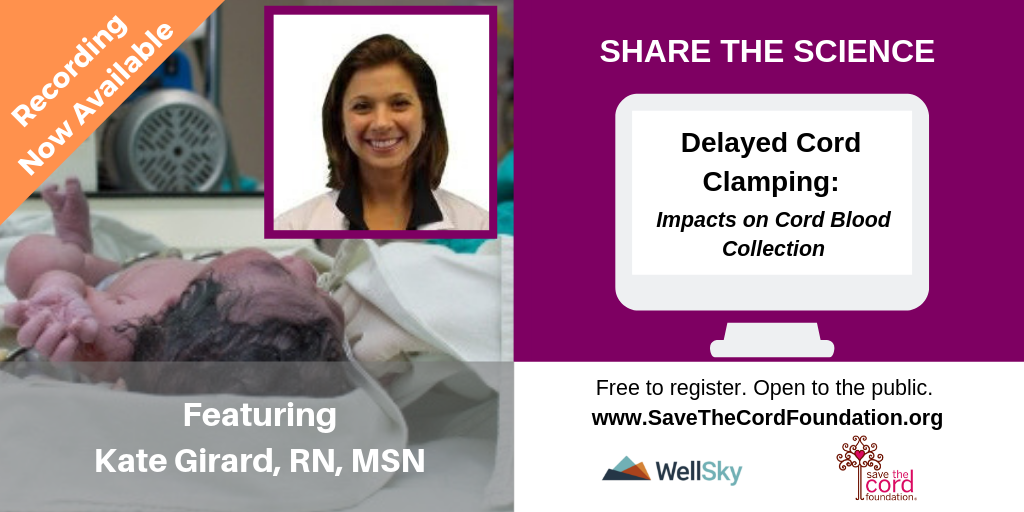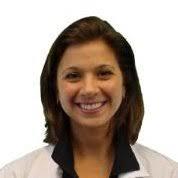|
Save the Cord Foundation and WellSky are proud to welcome Kate Girard, RN, MSN from the ViaCord for our next edition of Share the Science on Tuesday, April 16th, 2019. Share the Science is a free webinar series focused on the cord blood industry and the latest research in this field. As always, we invite both health professionals and the general public to join us for this unique online educational series. Learn more about this exciting educational series here. What is delayed cord clamping?Delayed cord clamping has become a hot topic in recent years and a source of debate for many. The term refers to the practice of letting your newborn’s umbilical cord pulse by postponing cutting the cord instead of immediately cutting it after birth. The debate centers around the optimum time for clamping. . . 10-20 seconds, 30 seconds, 1 minute, 3 minutes, 10 minutes, etc. Unfortunately, there have only been very limited studies on the subject. Practices and recommendations vary wildly from one country or region to another. Social media has also unfortunately fed a lot of misinformation to new parents and healthcare professionals leading to great confusion on the topic. In 2017, the American College of Obstetricians and Gynecologists (ACOG) released a position statement on delayed cord blood clamping recommending an interval of 30-60 seconds after delivery of healthy term babies. Read the full ACOG statement on delayed cord clamping here. Following this recommendation from ACOG, a 30-60 second delay has become standard practice for many birthing hospitals. However, some parents worry that this timing could mean that they could no longer save their baby's cord blood either for donation or private use. Some feel it should be an even longer delay before clamping the umbilical cord. The private cord blood community and the network of public cord banks (who help provide stem cell matches to patients in need everyday via programs like BeTheMatch) have also become concerned the possible impacts to cord blood collection. If you delay clamping the cord, can you still save the cord blood?
Let's discuss . . .We invite you to join us for a special session of Share the Science dedicated to delayed cord clamping and the impacts on cord blood collections. Kate Girard. RN, MSN will provide an overview on the timing of cord clamping and review the data driving the increase in delayed cord clamping. She will also look at how this practice affects collection volumes and provide accessible information for parents and professionals on policies, procedures and education regarding delayed clamping. Attendees will learn about:
Share the Science with Kate Girard, RN, MSN Director of Medical and Scientific Affairs, ViaCord "Impacts of Delayed Cord Clamping on Cord Blood Collection" Free webinar. Open to the public. Tuesday, April 16th, 2019 - 12pm Central Daylight Time (CDT)
We wish to thank Kate Girard for volunteering her time to speak on
Share the Science and sharing her valuable insight on the cord blood collection process, as well as delayed cord clamping. We also wish to also thank our generous sponsor and partner for this event, WellSky Health, who continue to support cord blood education through our “Share the Science” series. |
AuthorWrite something about yourself. No need to be fancy, just an overview. Archives
December 2023
Categories |






 RSS Feed
RSS Feed


